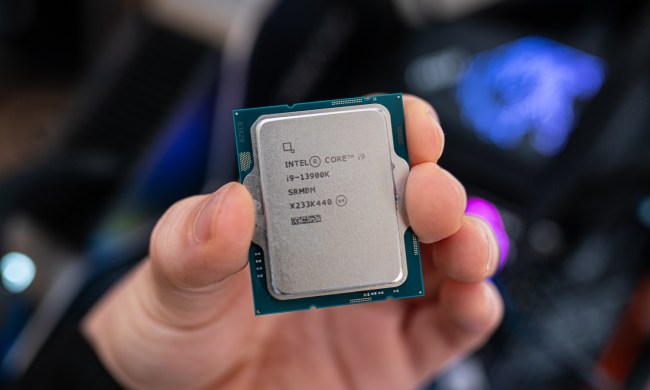 Although new CPU’s from chip-maker Intel have been expected for some time, today the company officially lifted the veil on its new processor for server and desktop computing products: that means new Xeon and Core i7 processors, but also Intel’s latest stab at the mainstream desktop market, the Core i5 processor. Where the Xeon product line is still aimed mainly at server products (although you can expect Apple to continue embracing it in its powerhouse Mac Pro towers) and Core i7s see their biggest fans in high-end hardware and highly multithreaded applications, the Core i5s are designed to bring some of the Nehalem platform’s performance benefits down to mainstream computer users—all while reducing power consumption and simplifying costs for computer makers.
Although new CPU’s from chip-maker Intel have been expected for some time, today the company officially lifted the veil on its new processor for server and desktop computing products: that means new Xeon and Core i7 processors, but also Intel’s latest stab at the mainstream desktop market, the Core i5 processor. Where the Xeon product line is still aimed mainly at server products (although you can expect Apple to continue embracing it in its powerhouse Mac Pro towers) and Core i7s see their biggest fans in high-end hardware and highly multithreaded applications, the Core i5s are designed to bring some of the Nehalem platform’s performance benefits down to mainstream computer users—all while reducing power consumption and simplifying costs for computer makers.
Initially codenamed “Lynnfield,” the new Core i5s are part of a two-chip solution with Intel’s P55 chipset: the CPU itself can talk to PCI Express 2.0 graphics and dual-channel memory, but everything else is handled by the P55, including networking, additional PCI cards, USB connectivity, audio, disk I/O, and more. The Core i5’s sport four processing cores, although the Core i5 lacks the Core i7s’ (and many Xeons’) simultaneous multithreading (Intel’s “hyper-threading”) capability to execute two threads per core. However, the Core i5 might make up for fewer memory channels (from three down to two) and one-thread-per-core processing with support for 1333 MHz channels, and the ability to split the 16-lane PCI Express 2.0 connectivity for graphics cards into two 8-lane links for supporting multiple graphics cards. The Core i5s also improve upon Intel’s previous Core 2 desktop CPU offerings by substantially reducing power consumption and package size.
OEMs are already producing motherboards supporting the Core i5 architecture, and Core i5 desktops should starting hitting the market shortly—while they won’t pack the multithreading punch of Core i7 systems, comparatively few consumer applications and games really benefitted from that anyway: most of the gains were limited to media production, visualization, and engineer applications. With the Core i5, Intel brings some of Nehalem’s performance benefits to consumer desktop technology…and the results should help keep the company ahead of rival AMD for the near term, at least.


